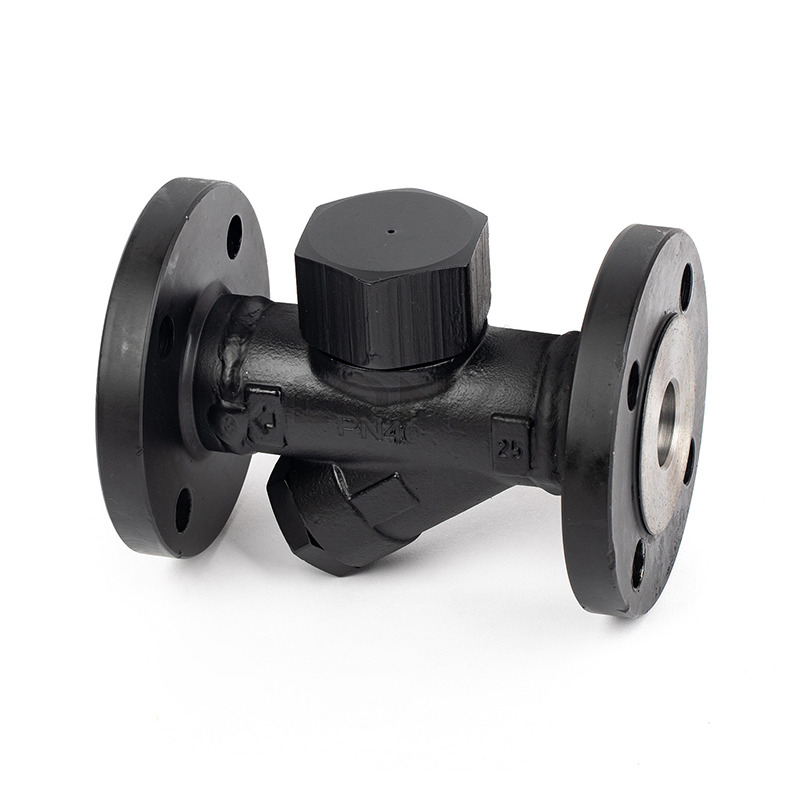Trap Types and Selection Guide
Traps are common key equipment in industrial pipeline systems, used to remove condensation water and other impurities in pipelines. According to different working principles and application scenarios, steam traps can be divided into many types. This article will introduce several common trap types and provide guidelines for selecting a trap.
1. Float trap: The float trap opens and closes by the floating ball. When the condensation water accumulates to a certain extent, the float ball will rise and the valve will be opened for drainage. When the condensate is discharged, the float sinks and the valve closes. This type of trap is suitable for smaller flows and lower working pressures.
2. Float trap: The float trap controls the opening and closing of the valve through the rise and fall of the float. When the condensation water accumulates to a certain extent, the float rises and the valve is opened for drainage. When the condensate is discharged, the float drops and the valve closes. Float traps are suitable for larger flow rates and higher working pressures.

3. Progressive trap: The progressive trap controls the drainage volume through the lifting and lowering of the sealing ring based on the good guiding performance of the fluid. It can achieve gradual and adjusted drainage according to system needs, and is suitable for larger flow rates and higher working pressures.
4. Thermal trap: The thermal trap uses changes in fluid temperature to control the opening and closing of the valve. According to changes in operating temperature, the thermal trap can adjust the drainage volume and maintain the balance and stability of the system.
When choosing a trap, you need to consider the following factors:
- Working pressure and temperature range: Select the appropriate trap type and material based on the working pressure and temperature range of the piping system. Make sure the trap can withstand the operating conditions of the system.
- Flow requirements: Select the appropriate trap based on the flow requirements of the piping system. Different types of traps have different flow characteristics and drainage capabilities.
- Automation needs: Some traps can be integrated with control systems to achieve automatic drainage and remote monitoring. If you need automated and intelligent functions, you can choose a trap that meets such needs.
- After-sales service and technical support: Choose those trap manufacturers that provide comprehensive after-sales service and technical support, which can provide timely maintenance and solutions to ensure smooth use of the product.
In summary, it is important to select the appropriate trap type for your needs. Considering operating pressure, temperature range, flow requirements and automation needs, selecting the appropriate trap can ensure safe operation and efficient drainage of the pipeline system. Cooperating with manufacturers that provide comprehensive after-sales service and technical support can provide you with better user experience and support.


